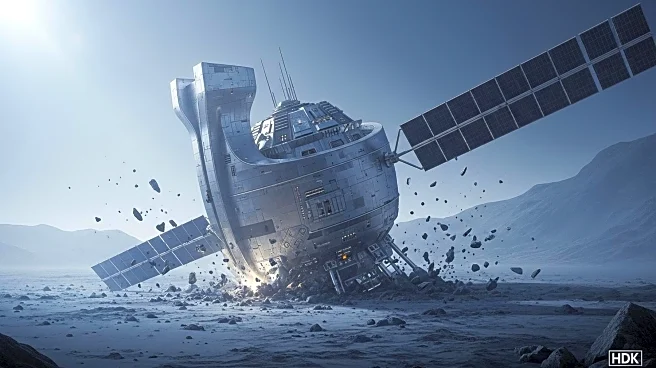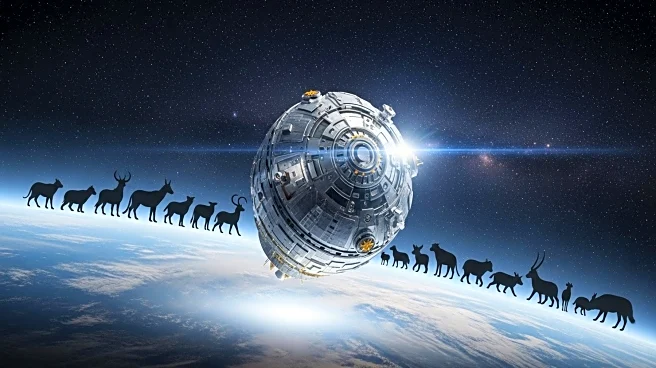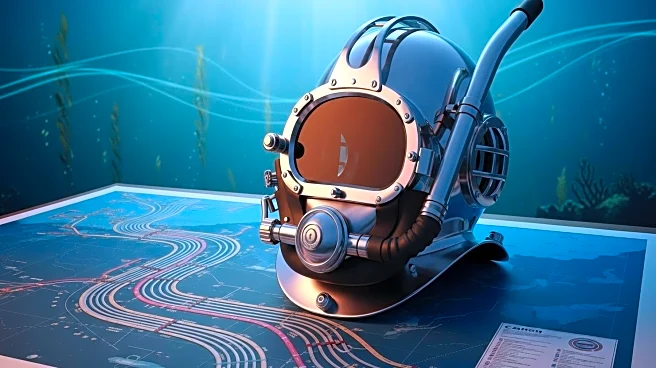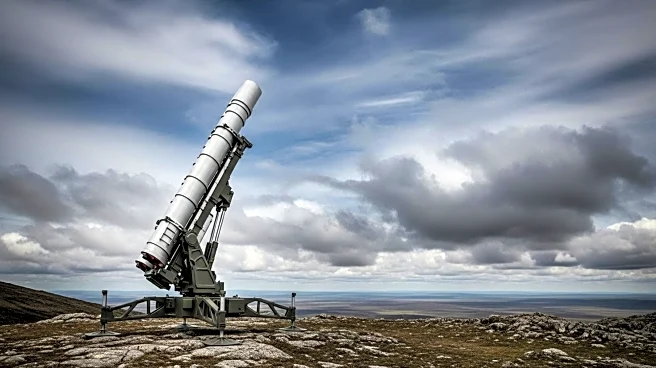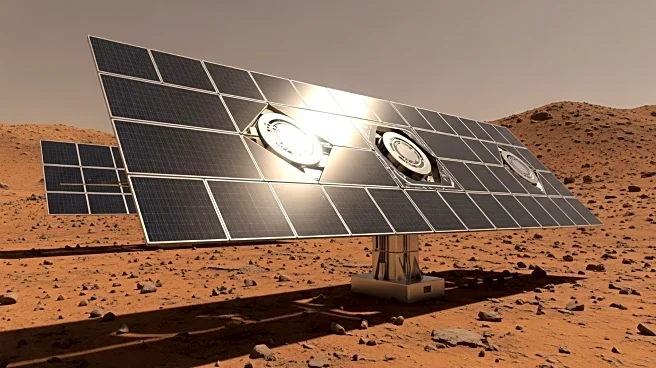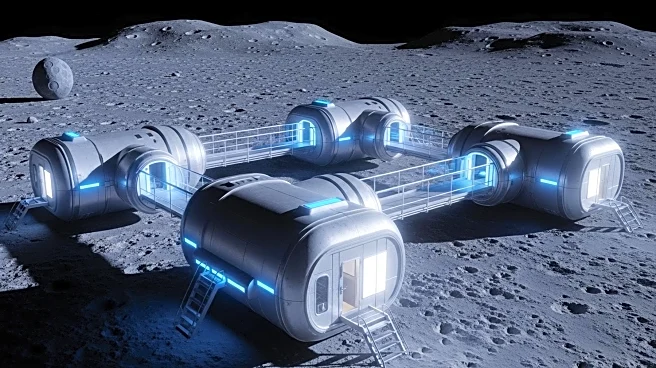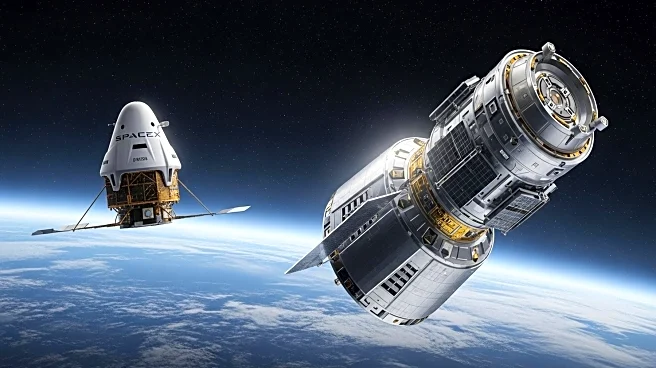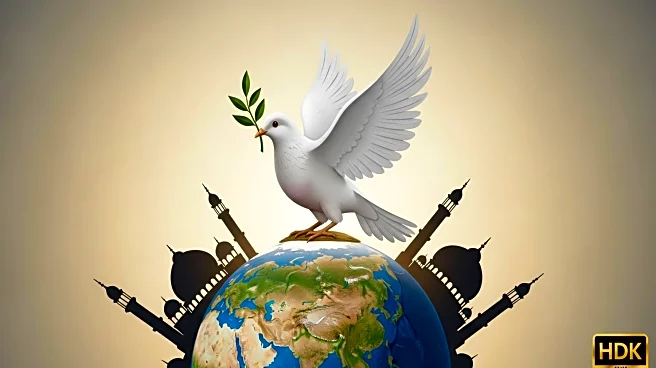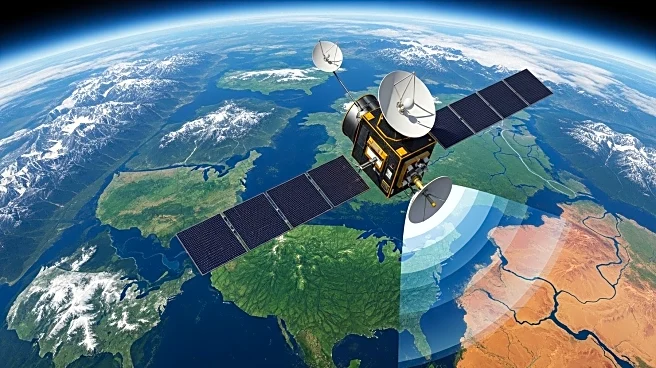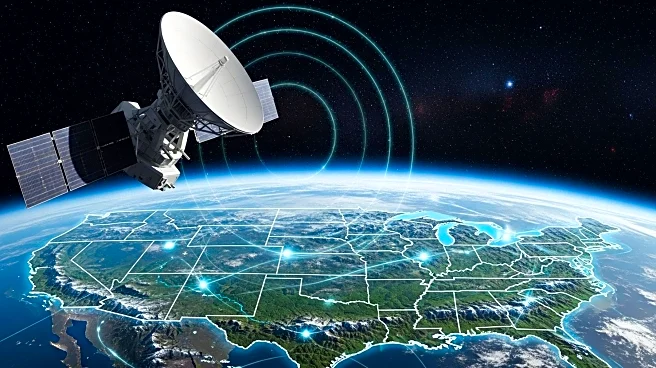What's Happening?
A Russian space capsule, known as the Bion-M No2 satellite, crash-landed in Russia's Orenburg steppes on September 19 after a month-long mission. The satellite, dubbed 'Noah's Ark' due to its biological cargo, carried 75 mice, over 1,500 flies, and various plants and micro-organisms. The mission aimed to study the effects of cosmic radiation and weightlessness on living organisms. Recovery teams quickly arrived at the site, extinguishing a minor bushfire and retrieving the specimens for examination. Initial assessments focused on the flies' motor functions and potential nervous system abnormalities. The organisms were transported to the Institute of Biomedical Problems of the Russian Academy of Sciences for further study.
Why It's Important?
The crash-landing of the Bion-M No2 satellite is significant for scientific research, particularly in understanding the effects of space travel on biological systems. The data collected from this mission could contribute to developing technologies that protect astronauts from cosmic radiation and the physiological impacts of weightlessness. This research is crucial as space agencies worldwide, including NASA, plan future manned missions that require long-duration space travel. The findings could influence the design of protective measures for astronauts, enhancing safety and mission success.
What's Next?
The specimens from the Bion-M No2 satellite are undergoing detailed examination at the Institute of Biomedical Problems. Researchers will analyze the data to understand the long-term effects of radiation exposure, which is vital for future space missions. The insights gained may lead to advancements in astronaut safety protocols and technology. As space exploration continues to evolve, international collaboration and competition may drive further innovations in this field.
Beyond the Headlines
The mission highlights the ongoing competition in space exploration between Russia and the United States. While Russia's satellite crash-landed, the U.S. recently announced plans for a manned mission around the moon by early 2026. This underscores the geopolitical dimensions of space exploration, where scientific achievements are intertwined with national prestige and strategic interests.

